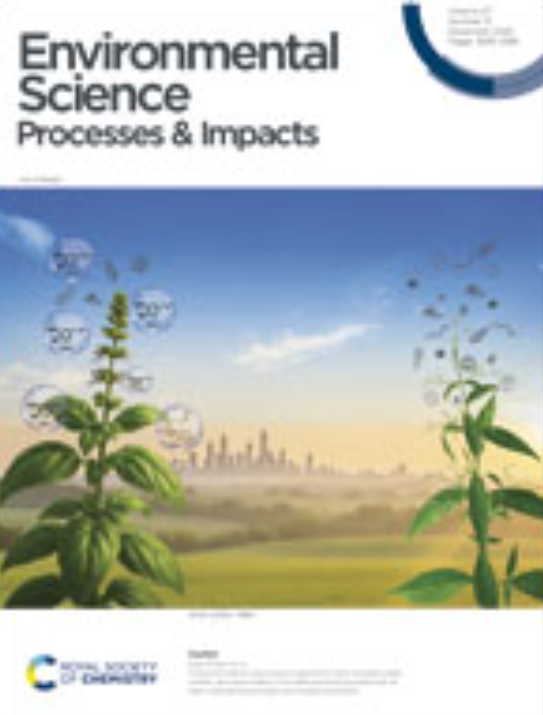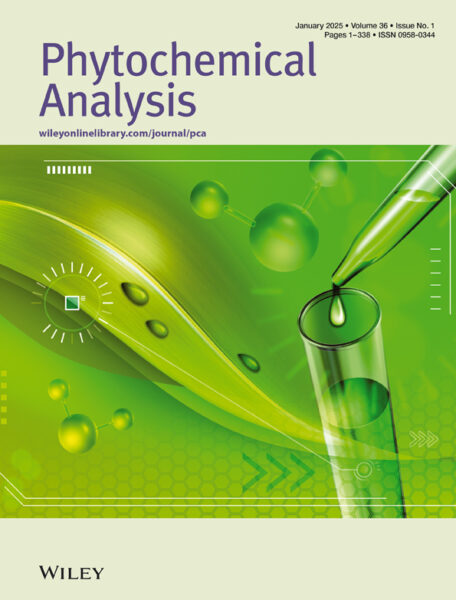Abstract
Natural variation in secondary metabolites is commonplace in organic matrices, including consumable fruits and vegetables. However, absolute concentration and variation of secondary metabolites are generally not of concern to consumers. Cannabis sativa and C. indica dried cannabis total Delta-9 Tetrahydrocannabinol (THC) is of importance to consumers/patients and must be accurately reported for both recreational and medical dried flower. In this report, the variation in Total THC in THC-dominant commercially relevant cultivars was investigated. The variation in Total THC values within different strata of the plant and between plants of the same batch were explored using a single analytical method. Within one stratum across nine batches (n = 27–57), Total THC varied by 3.1–6.7% of actual content, with only ~ 30–41% of individual replicates falling within their respective 99% confidence internal (CI) (representative of the batch mean). Between the top and bottom of plants across three batches, Total THC varied by 4.7–6.1% of actual THC content. Between plants of one cultivar, average Total THC varied by 2.8% which was statistically significant (p < 0.0001). Effect size (ES) measures were also reported for plant strata and plant against plant analysis. A comprehensive analysis of the extent of Total THC variation in samples of dried cannabis, evident both within and across plants of the same batch, has been presented using a random sampling and sample size calculated approach. Herein we demonstrate the natural variability present in dried cannabis flower using a single analytical method.




